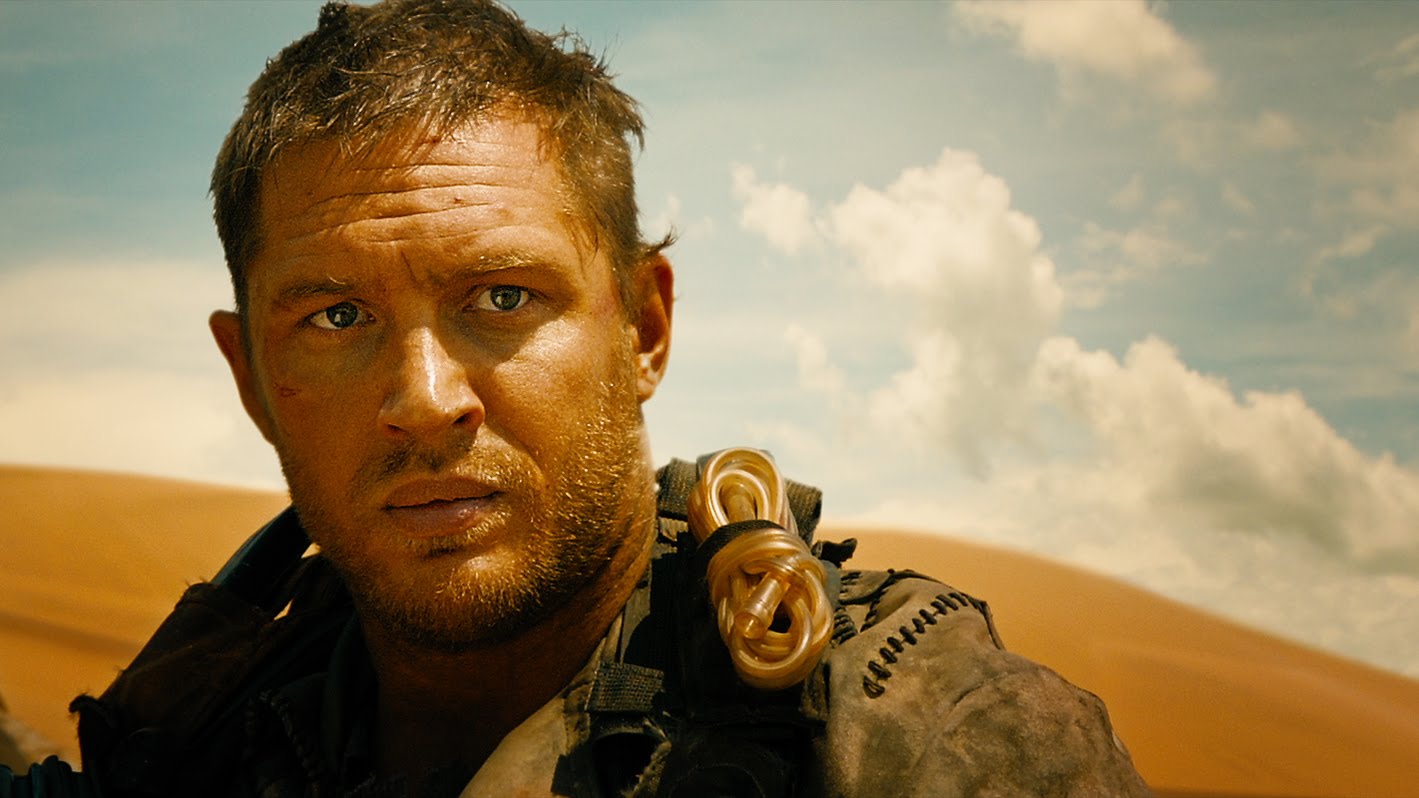
While not the most obvious candidate to describe what constitutes an action film, the beloved author and satirist Kurt Vonnegut pinpointed the most crucial element of the genre. “Be a sadist,” he advised budding storytellers. “No matter how sweet and innocent your leading characters, make awful things happen to them.”
In curating a list of the 10 best action movies of the 2010s, Vonnegut’s call to barbarism in fiction writing shed a guiding light. These films take the concept of crummy luck to a biblical level, summoning ongoing gauntlets of fire and murder and revenge and global destruction. In other words, life sucks in perpetuity for these characters. And with that hardship element sitting at the top of the ranking rubric, this list eliminates contenders that aim to conjure feelings of childhood wonder and nostalgic comfort. As a result, neither Star Wars nor the Marvel Cinematic Universe make an appearance.
Strap in for our list of the 10 finest action films of the decade.
10. Hobo with a Shotgun
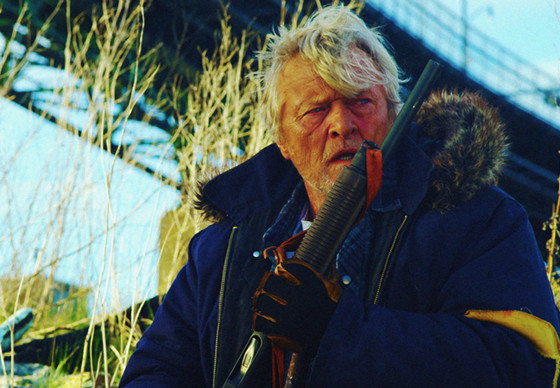
When watching Hobo with a Shotgun, audiences find themselves hunting for a fitting genre description. Doing so means peeling back layer upon layer of nuance. Black comedy that features multiple decapitations? Social satire that spotlights the ever-widening gap between working classes and the bourgeoisie? Self-aware exploitation tribute that focuses on philosophical questions about why we enjoy over-the-top violence?
After all, the deadpan title, which reveals the movie’s hyper simplistic plot, suggests tongue-in-cheek black comedy. But while those elements play a pivotal role, the barrage of gunfire, mano-a-mano melee combat, flaming school buses, and flying guts place the movie in the action flick bucket.
The film earns that designation as each sequence one-ups the next. Even the opening scene showcases the stylized, dramatic method in which a gang of rich hoodlums remove a person’s head. And the plot points grow battier from there. Starring the late great Rutger Hauer (Blade Runner) as the titular “hobo,” the movie not only jettisons subtlety and quietness, but outright despises the suggestion of those characteristics in storytelling.
From misunderstood street dwellers to the hooker with a heart of gold archetype, this farcical action picture caters to an audience familiar with the character studies and crucial tropes that make exploitation cinema produce more giggles than gasps. The filmmakers give the audience consistent nudges and winks, even as the blood-spattered parade marches through almost every frame.
9. The Raid
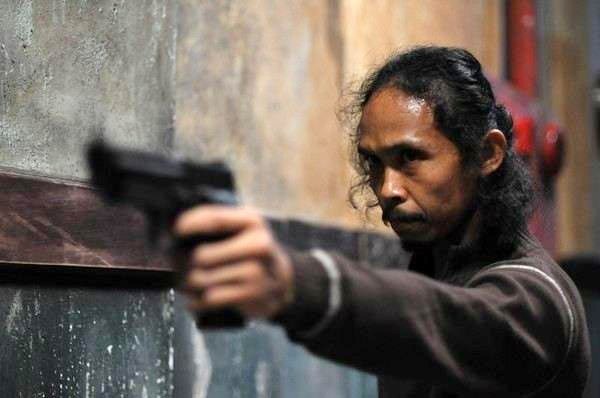
Retitled in its US release as The Raid: Redemption, this Indonesian entry on our list provides a rock-solid case study for how to photograph action sequences. The first scene provides the sole moment of reprieve as a police officer kisses his pregnant wife goodbye prior to boarding the armored car headed for a veritable monsoon of blood and viscera. Indeed, skin bursts and guts spill in almost every scene, but what it lacks in deep character development, The Raid makes up for in choreography and cinematography so breathtaking that one forgets these events depict acts of almost cartoonish sadism.
Director Gareth Evans makes sure his film provides a visual feast with fast-paced, unpredictable camera movements that make the audience feel as if they stand amid the flying fists and bullets whizzing by. Despite the brutality (the script piles up over one hundred bodies), the focus remains on the craft of filmmaking as the actors and director treat martial arts sequences and machine gun shootouts with the intricate, precise detail of the Swan Lake ballet.
8. Looper
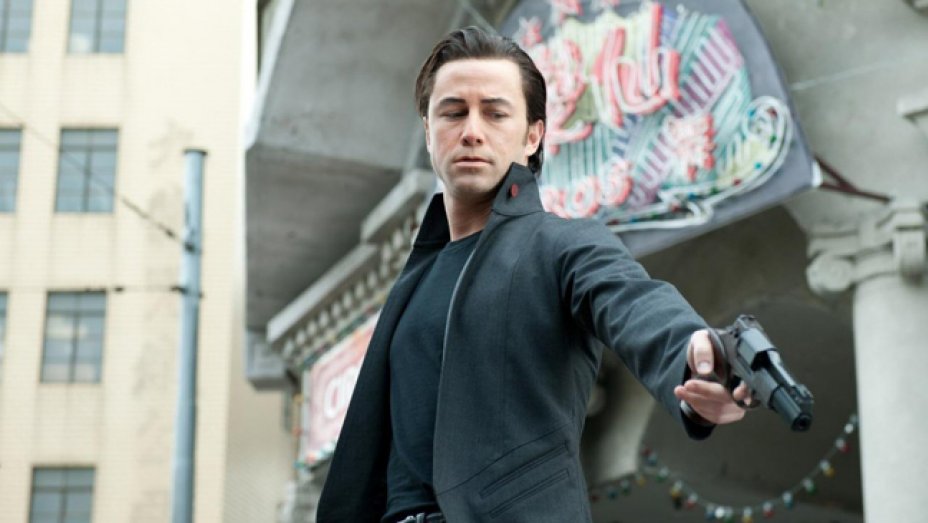
Time travel falls within the science fiction realm most of the time, unless those wormholes involve executing people from the future; at that point, the movie passes the action picture test. In Rian Johnson’s pre-Last Jedi film, professional assassins (called loopers) complete this murder mission on behalf of the mob, so when gangsters send someone back through time, the main character Joe waits on the other side, shotgun in hand. Execution that takes place at various points in the space-time continuum aside, Looper delivers a thoughtful meditation on the ethics of taking drastic, perhaps deadly action without thought of the repercussions.
Of course, any film that features jumping to a bygone decade involves gaps in logic that beg the audience to move beyond mere suspension of disbelief. This becomes especially true when a character meets himself, which becomes Looper’s principal conceit. Young Joe meets Old Joe who exists thirty years beyond the film’s present day, and due to the nature of his work, the character aims to perform a third-person suicide. After all, his job responsibilities demand killing his older self at some point, less there be loose ends.
7. Skyfall
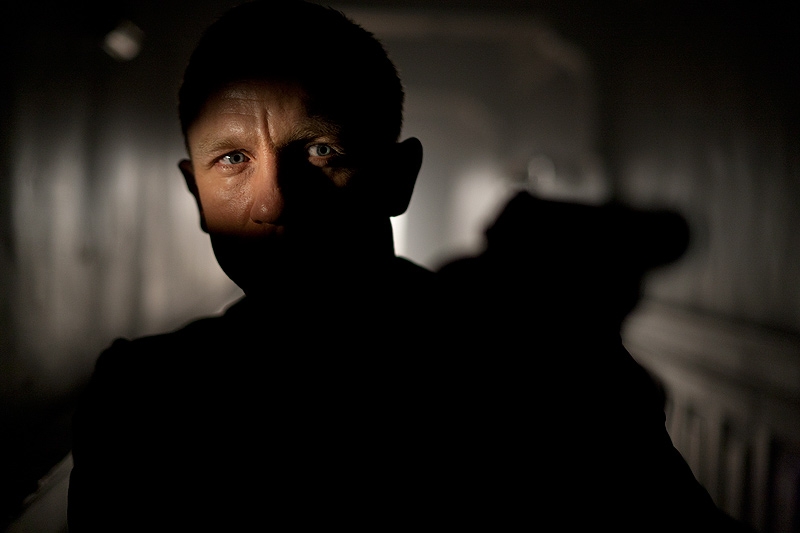
Perhaps the most recognizable name on this list, James Bond has graced theater screens in wildly different forms, a variety that evolves not only in light of the actor who portrays him, but also in how the director fleshes out the character. In fifty-something years, the tuxedoed, martini-sipping spy moved from womanizing undercover agent to spacetraveler to acrobat who leaps rooftop to rooftop. But no matter which shape James Bond takes, Skyfall’s 2012 release delivered the most exciting theatrical achievement in the series.
What makes this one stand out? Daniel Craig’s calculating but wounded Bond provides a straight-faced interpretation to interact with the hammier, more comic strip villains. This diametric element unveils nothing new, but in Skyfall, we meet Raoul Silva, the cyberterrorist who shares an undeniable, deep-rooted connection with his foil. In addition to his role as an enigmatic bad guy with a rich backstory and almost sympathetic motivations, the Silva character also managed to predict the heightened weaponization of information, a real-life phenomenon that impacts us all. Silva’s presence (read: Javier Bardem’s performance) gives us the most compelling element of the film, a volatile and vengeful yin to Bond’s even-tempered and sardonic yang.
6. Dredd
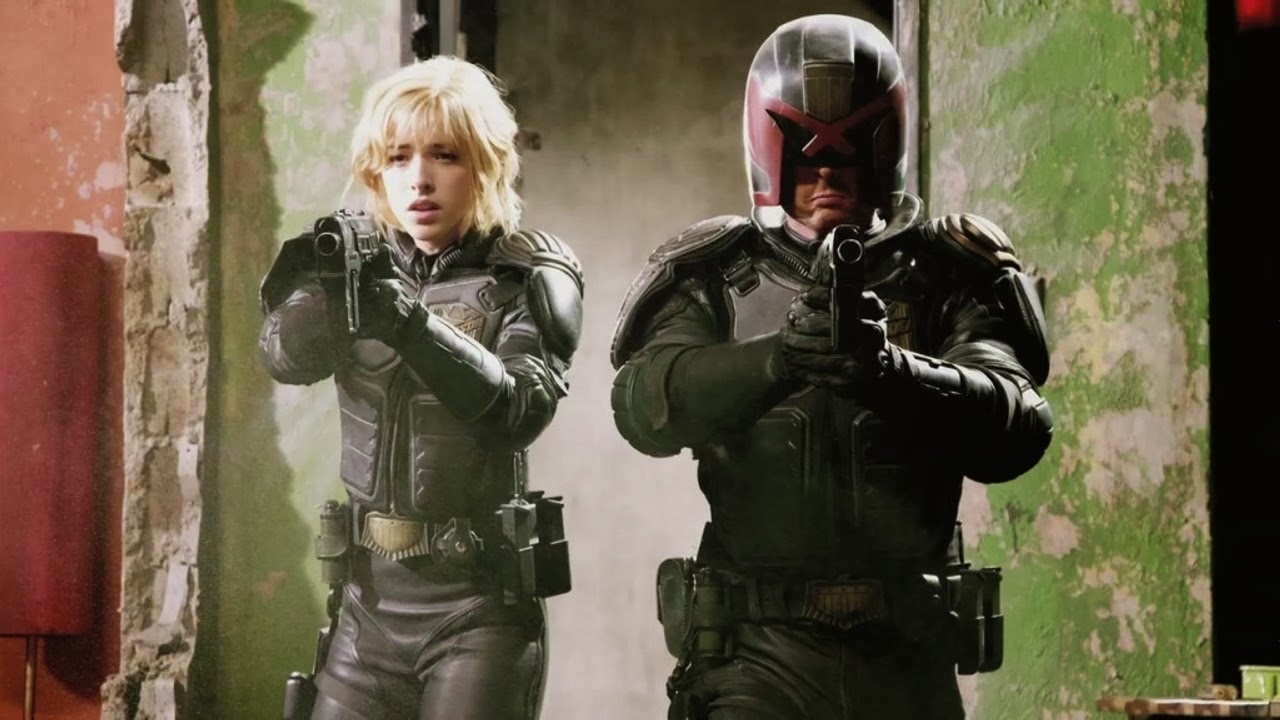
Comic book adaptations come with inherent baggage. After discovering how much cash a caped crusader can generate, super-capitalists sunk their hooks into the superhero mythos and refused to release. It appears as if these panel-to-screen films hold staying power for the foreseeable future, but despite the market saturation taking up all the theater screens, there exists several comic films made for the sake of art and entertainment (not only the paycheck). Dredd serves as a primary example, though it carries its own albatross. While not a remake or sequel of the original 1995 film starring Sylvester Stallone, the newest Judge Dredd movie must outrun the shadow of its predecessor’s lackluster legacy.
In all measurements for how we criticize movies, the 2012 version of Dredd obliterates its mid-nineties counterpart. While the one-liners and ultra violence (a melting head, slow motion bullets) remain an integral story element, this film focuses on lightning-paced action reminiscent of the flawlessly photographed choreography one sees in The Raid. But where that film eschews character development for the sake of showing off cinematographic chops, Dredd devotes equal time to creating complex characters. The city itself serves as an example of this development. After yet another murder occurs, a sweeping car sops up the blood, as if death and destruction happen with such frequency that human tragedies have turned to background noise.